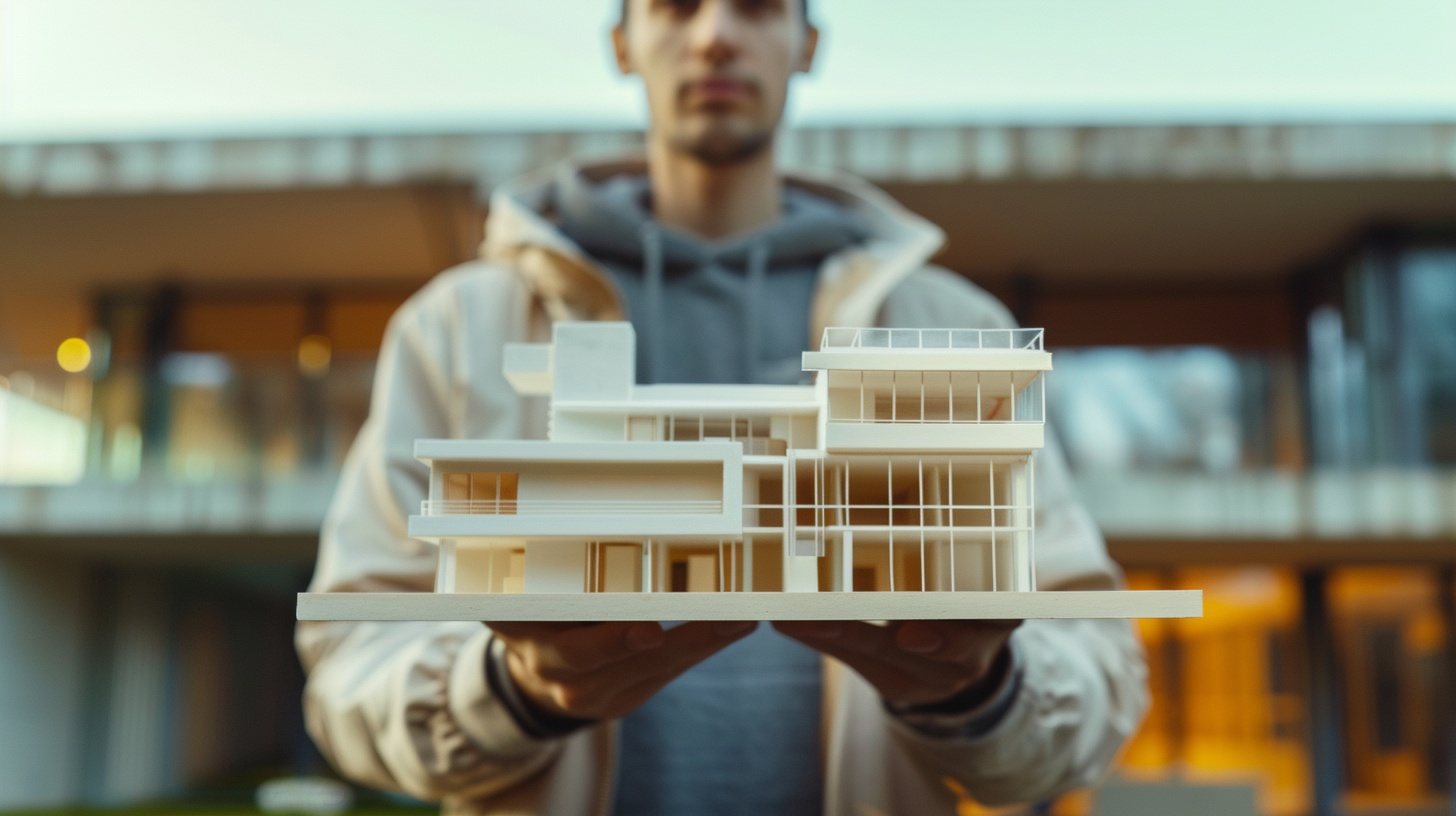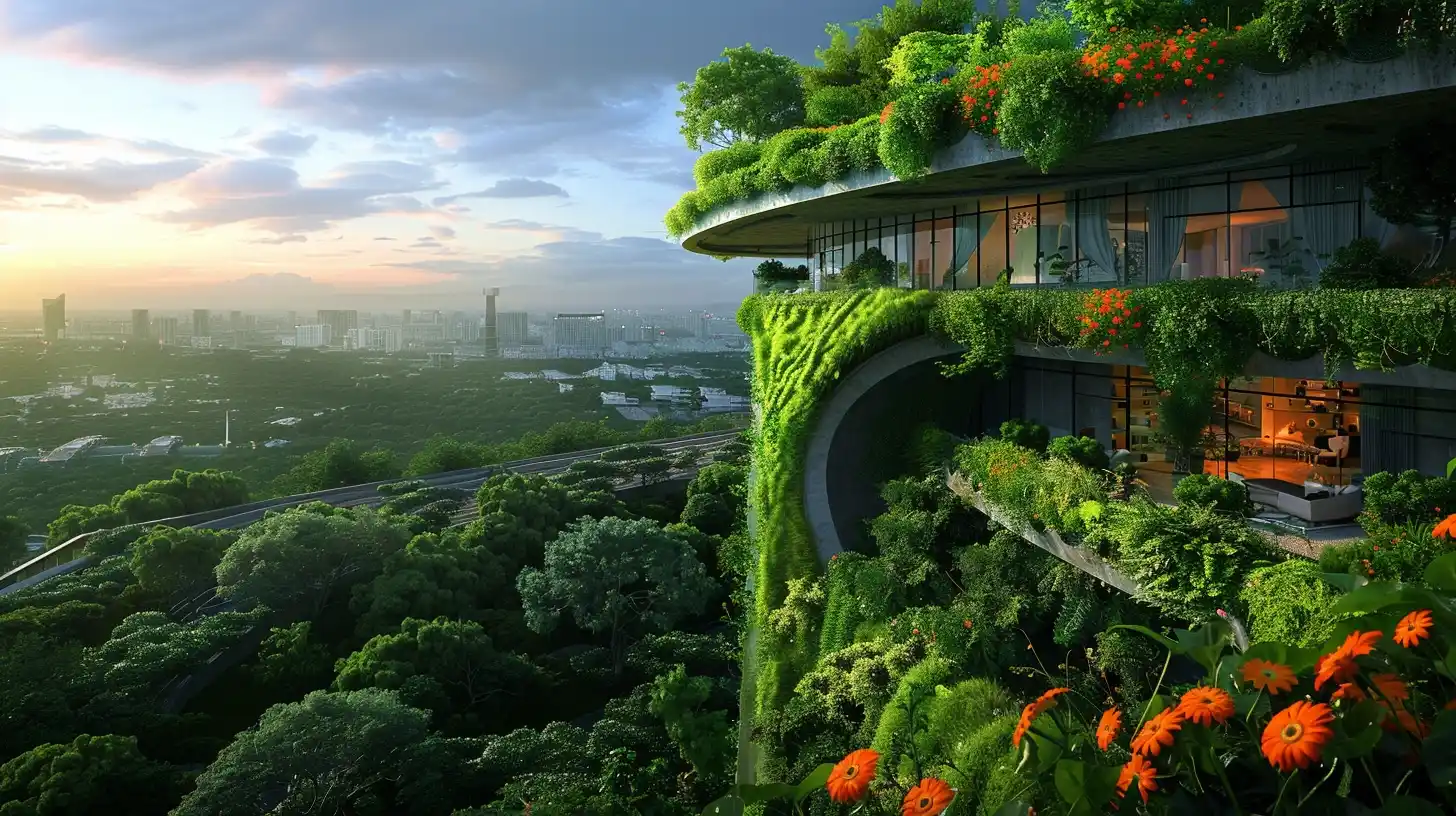
Green Roofs and Living Walls: Integrating Nature into Urban Design

In the realm of urban planning and architecture, the concept of integrating nature into urban landscapes has gained considerable traction. Among the innovative approaches to achieving this harmony between urban development and natural ecosystems are green roofs and living walls. These green features not only add aesthetic appeal to concrete jungles but also serve a multitude of functional purposes, making cities more sustainable and livable.
Understanding Green Roofs and Living Walls
Let’s start with green roofs. Essentially, a green roof is exactly what it sounds like: a roof covered with vegetation, often including a variety of plants, grasses, and even small trees. This living layer atop buildings provides a host of benefits that extend beyond mere aesthetics.
Mitigating Urban Heat
One key advantage of green roofs is their ability to mitigate the urban heat island effect, a phenomenon where cities become significantly warmer than surrounding rural areas due to human activities and the built environment. By absorbing and dissipating heat, green roofs help to cool down urban areas, reducing energy consumption for air conditioning during hot summer months.
Natural Insulators
Additionally, green roofs act as natural insulators, regulating indoor temperatures and thereby reducing the need for heating in winter and cooling in summer. This not only saves energy but also contributes to lower utility bills for building occupants.
Stormwater Management
Moreover, green roofs play a crucial role in stormwater management. In urban areas where vast expanses of impermeable surfaces like concrete and asphalt prevent rainwater from infiltrating into the ground, green roofs absorb and retain rainwater, reducing the burden on drainage systems and mitigating the risk of flooding.
Living Walls: Bringing Nature Vertically
Now, let’s delve into the realm of living walls, also known as green walls. Unlike green roofs which spread horizontally atop buildings, living walls are vertical installations of vegetation that adorn exterior or interior walls. These verdant tapestries not only add a splash of greenery to urban landscapes but also offer a myriad of benefits similar to their horizontal counterparts.
Improving Air Quality
Living walls contribute to improved air quality by absorbing carbon dioxide and other pollutants, while simultaneously releasing oxygen into the surrounding environment. This natural air purification process enhances the overall well-being of urban residents and contributes to a healthier living environment.
Sound Barriers
Furthermore, living walls serve as natural sound barriers, helping to reduce noise pollution in bustling urban areas. By absorbing and deflecting sound waves, these green installations create quieter and more peaceful environments, particularly in densely populated areas or near busy roadways.
Natural Habitats For Animals
In addition to their environmental and aesthetic benefits, living walls also provide habitats for birds, insects, and other small creatures, promoting biodiversity within urban ecosystems. This infusion of nature into built environments fosters a deeper connection between city dwellers and the natural world, enhancing overall quality of life.
Hit Us Up
As cities continue to grapple with the challenges of urbanization and climate change, integrating green roofs and living walls into urban design emerges as a practical and sustainable solution. If you’re considering incorporating these green features into your architectural plans or seeking expert guidance on sustainable urban design, reach out to Designs Boss, our team of experienced architects and designers, to embark on your architectural journey towards a greener, more resilient future.
Latest

What Makes a Good Architectural University

What Are The Most Beautiful Bridges Ever Designed

